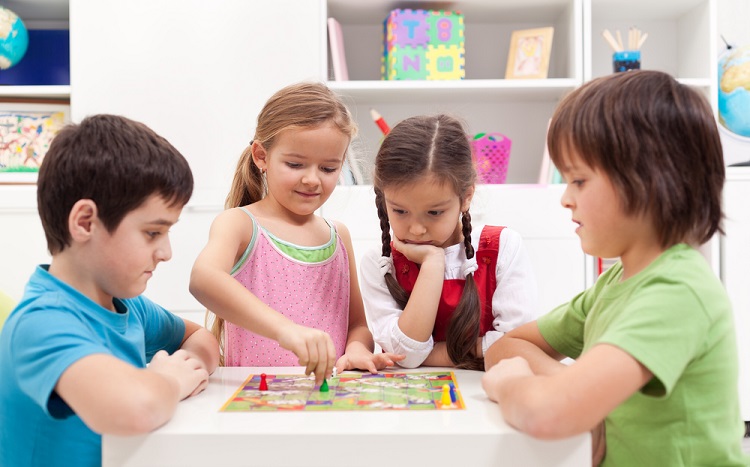Autism Spectrum Disorder (ASD) affects many children in unique ways, particularly in how they process sensory information. Some children may be hypersensitive to sensory input, finding ordinary sights, sounds, or touches overwhelming. Others may be hyposensitive, seeking out intense sensory experiences. Addressing these sensory needs is crucial for their comfort and development, and sensory toys can play a significant role in achieving this balance.
Sensory Challenges in Children with Autism
Children with autism often experience atypical sensory behaviors, which can include both sensory-seeking and sensory-avoidant reactions. For example, a child might cover their ears with loud noises due to hypersensitivity or adore tight hugs due to hyposensitivity. Understanding these sensory needs is essential as they can significantly affect a child’s ability to focus, interact socially, and manage their emotions in daily activities.
What are Sensory Toys?
Sensory toys are designed to specifically engage a child’s senses, including touch, sight, hearing, smell, and fine motor skills, in a manner that is soothing and supportive of their sensory integration processes. These toys can range from simple textured balls and fidget spinners to more complex items like weighted blankets and vests, or even multi-sensory environments that provide a variety of stimuli.
Benefits of Sensory Toys
- Improved Focus and Concentration:Sensory toys can help children with ASD focus better on tasks by providing the appropriate sensory input they need to remain calm and less distracted.
- Development of Fine and Gross Motor Skills:Many sensory toys require manipulation with hands and fingers or involve physical activity. These movements can enhance motor skills, coordination, and spatial awareness.
- Emotional Regulation:By providing a physical outlet and a sense of calm, sensory toys can help children manage their emotions more effectively. They are particularly beneficial during overwhelming situations, helping to prevent meltdowns.
- Better Social Interaction:Sensory toys can also serve as social tools that help children engage with others. For example, a sensory bin or a collaborative game can encourage interaction, turn-taking, and communication with peers.
- Sensory Development:These toys stimulate the senses in a controlled manner, which can help children with ASD gradually adapt to sensory experiences more comfortably over time.
Choosing the Right Sensory Toy
The choice of sensory toys should be tailored to a child’s specific needs. Parents and caregivers can observe the child’s reactions to various sensory inputs to determine what is most comforting or engaging for them. It’s also beneficial to consult with occupational therapists who specialize in sensory integration therapy to identify the most effective tools for sensory development.
Conclusion
For children with autism, the world can sometimes be a confusing blend of sights, sounds, and touches. Sensory toys provide a safe, therapeutic way for these children to explore their senses, enhance their cognitive development, and improve their interaction with the world around them. By incorporating sensory toys into their daily routines, parents and caregivers can offer these children a more balanced sensory diet that significantly enriches their quality of life.
This blog post aims to provide parents, caregivers, and educators with valuable insights into the importance of sensory play and how it can support children with ASD. If you need more detailed information or specific product recommendations, feel free to ask!


